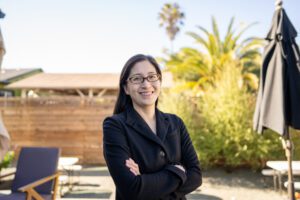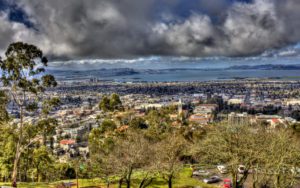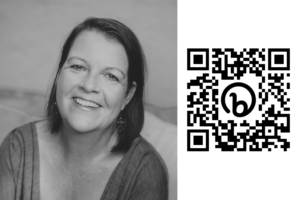
Leveraging Academic Training in Industry: Q&A with Professional in Residence Annie Tsong
April 12, 2024
On a sunny Friday morning graduate students and postdocs gathered in a conference room in Stanley Hall to have an intimate and frank conversation with Annie Tsong, PhD. Tsong is the chief strategy and product officer at Amyris, a company based in Emeryville, CA, and founded out of UC Berkeley’s Jay Keasling’s lab. She obtained…





